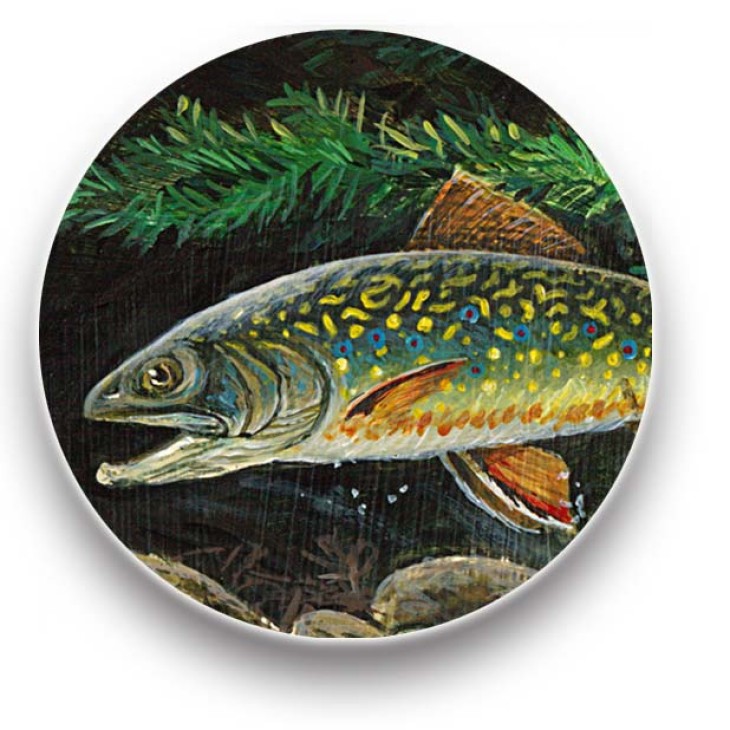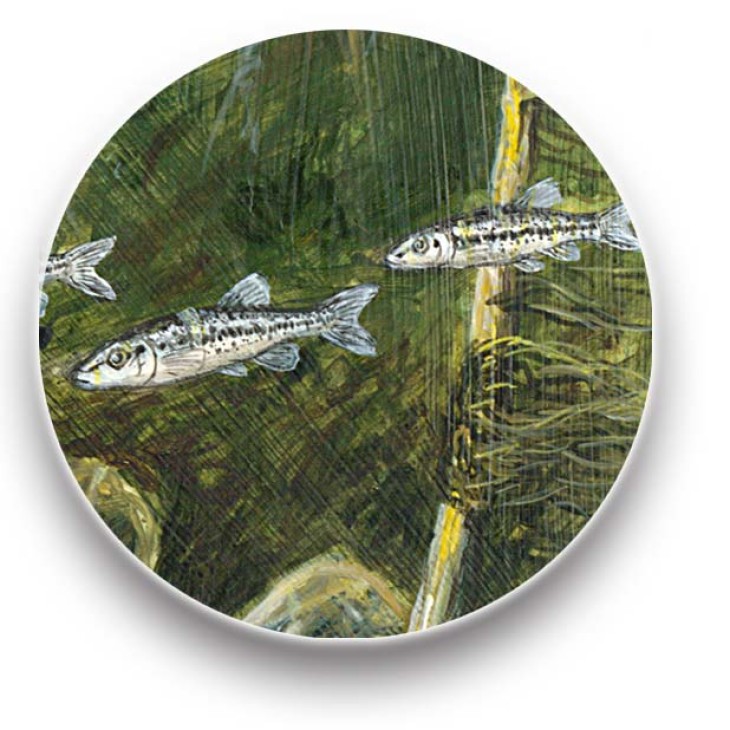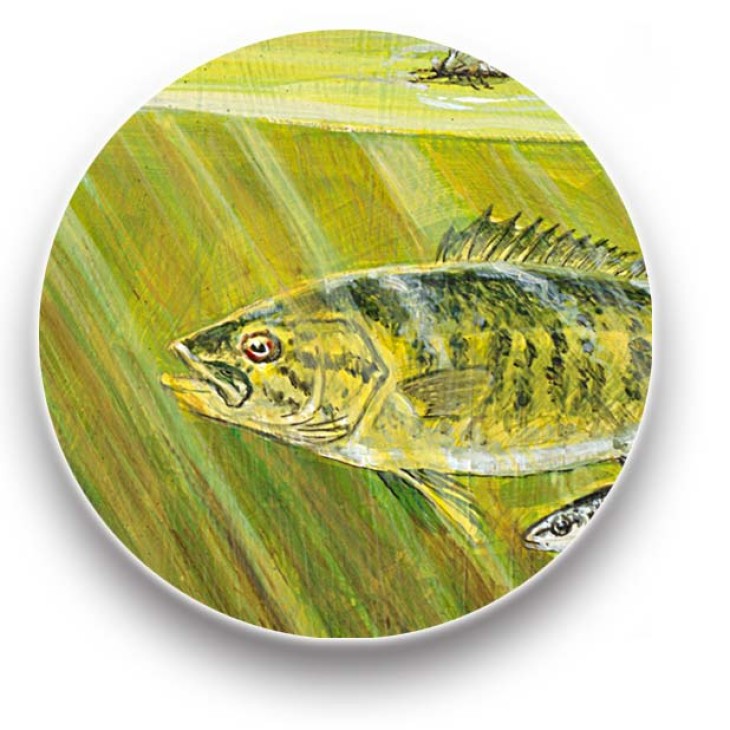For more than 200 years, dams built on waterways up and down the East Coast helped to move and sort timber, power sawmills and gristmills, and produce hydroelectric power. These dams shut off migratory routes for sea-run fish that require freshwater habitat for part of their life cycle, causing the collapse of fisheries. The removal of the Edwards Dam on Maine’s Kennebec River on July 1, 1999 spurred an era of dam removal nationwide to reverse this trend. The historic Penobscot River Restoration Project received international attention with the successful removal of two hydropower dams in 2012 and 2013 and the construction of a nature-like fishway around a third dam in 2015. Atlantic salmon and 11 other species of sea-run fish now have greatly improved access to spawning and juvenile rearing habitat, while hydropower generation was rebalanced to allow power increases on other dams in the watershed. The momentum has continued with dam removals and other fish passage improvements on tributaries in both the Kennebec and Penobscot River systems.
Migratory fish once again return in the millions and naturally free-flowing stretches of river have replaced the slow-moving, warmer waters of the dam impoundments. Mark McCollough’s painting offers an autumnal view of what we know is happening in these forested waterways – but can’t really see – as scientists monitor recovery of these fisheries. Here, a waterway comes back to life with Atlantic salmon parr, river herring, and other migratory and freshwater fish; rebounding insect diversity and abundance; and a cascade of predator-prey relationships restored. Fallen woody debris from the riverbanks helps create deep pools with cooler water and provides cover from birds of prey and other predators.
Sea-run fish bring in rich marine nutrients that enrich our forests, and when the young head back out to sea, they take with them protein that feeds culturally and economically important coastal fisheries. For the Wabanaki tribes of Maine – the Penobscot, Micmac, Maliseet, and Passamaquoddy – restored fisheries also mean revitalization of cultural, spiritual, and subsistence traditions and practices. Take a closer look – how many different creatures can you see in this snapshot of a river coming back to life? Read on for more information on the species featured in the painting.
Atlantic Salmon
Salmon salar
The freshwater streams of Maine provide important freshwater habitat for both young and adult Atlantic Salmon. Salmon return to the stream that they were born in. Activities that occur in both the stream and the land affect the habitat of Atlantic Salmon.
Belted Kingfisher
Megaceryle alcyon
The belted kingfisher actively fishes by diving headfirst into the stream to catch small fish and insects. During the breeding season a pair of kingfishers will defend their territory along the stream.
Brook Trout
Salvelinus fontinalis
Wild brook trout are a popular coldwater gamefish in Maine, requiring cool, clean, well oxygenated water and suitable spawning, nursery, and adult habitat to thrive. They spawn in the fall, preferring gravelly substrate that occurs over upwelling ground water. Adult brook trout tolerate marine or brackish waters, and anadromous populations are found in some of Maine’s estuaries and rivers.
Stream Macroinvertebrates
Common macroinvertebrates of North America, such as this hellgrammite (dobsonfly larva), are found in freshwater environments during the juvenile stage of their life cycle. Most are found in shallow streams, lakes, and rivers. Macroinvertebrates are used as natural indicators of pollutants and are used to determine other environmental stresses. They feed on decaying materials by shredding and scraping algae, leaf litter, and wood debris from the river bottom, as well as consuming other insects. They are an important part of the food chain and their predators include most fish and birds including salmon, trout, and bass.
Common Merganser
Mergus merganser
In the summer months, the common merganser actively hunts small fish and insects.
Blacknose Dace Minnow
Rhinichthys atratulus
Minnows are found in riffles and runs of the stream. They eat insects, worms, algae and macroinvertebrates. They are also an important food source for larger fishes.
Smallmouth Bass
Micropterus dolomieu
The smallmouth bass is an invasive species to the state of Maine. They feed on smaller fish such as minnows and juvenile Atlantic Salmon.
Large Woody Debris and Leaf Litter
Large woody debris provides important structure that shapes rivers and streams. Woody debris is especially important for forming pools in which fish inhabit in the warm summer months, and also captures sediments and decaying organics that can create a lower oxygen level in these pools. When leaves fall from the trees and into the rivers and streams they act as a primary source of energy by acting as a food source for the stream. Leaf litter also provides important habitat for macroinvertebrates.
Captions adapted from a poster produced by the Downeast Salmon Federation for their Pleasant River Community Forest kiosk.











Discussion *